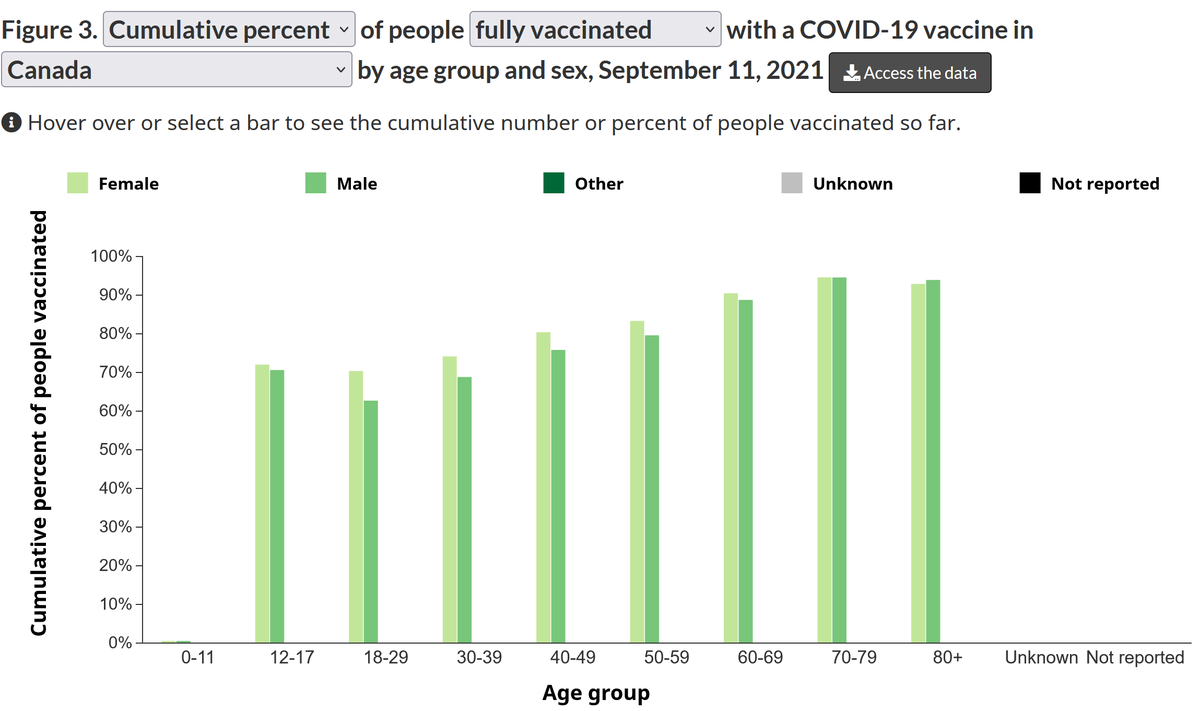
For those trying to find the hesitancy and vaccine uptake spreadsheets I've been compiling, including the lists of highest priority groups and regions for outreach, I'm linking them here, and pinning this thread to my profile.
Haven't got them up on a website yet...sorry.
Haven't got them up on a website yet...sorry.
1. Highest priority demographic groups and regions, based on the Jan-April Canadian Community Health Measures survey
The main tab to look at is called: "Highest Priority 50+ Demographics and Regions".
docs.google.com/spreadsheets/d…
The main tab to look at is called: "Highest Priority 50+ Demographics and Regions".
docs.google.com/spreadsheets/d…
The data on that tab are sorted from highest to lowest priority, based on risk of death as a percentage of the total number of people in that demographic. It gives a sense of the INTENSITY of the problem in each demographic group and region.
• • •
Missing some Tweet in this thread? You can try to
force a refresh











